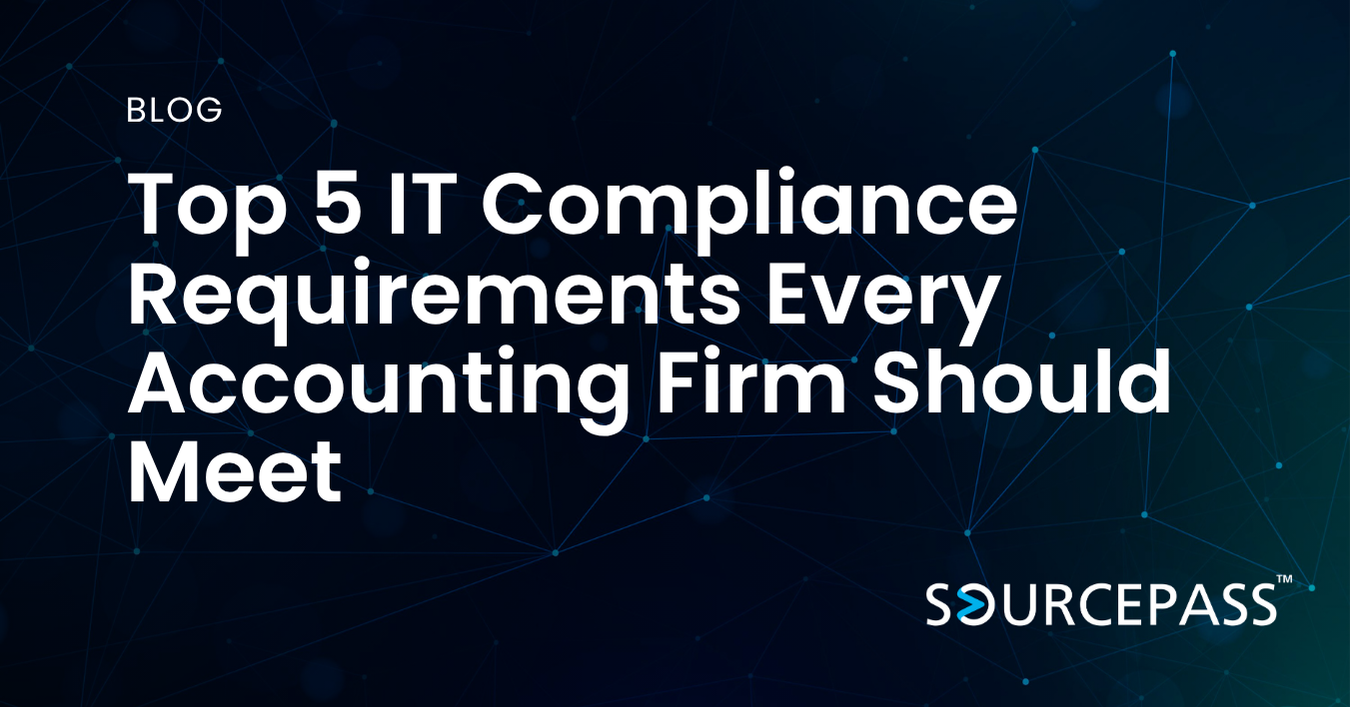Cyber Incident Response Playbooks for SMBs: A Practical Guide
Nov 24, 2025 Alex Davis Strategy & Modernization | Cybersecurity 2 min read



Building and Practicing a Cyber Incident Response Playbook for SMBs
Small and mid-sized businesses face increasing pressure to respond quickly and effectively to cyber incidents. A well-designed and well-practiced incident response playbook helps limit damage, reduce downtime, and strengthen trust with clients and partners. Creating a plan is only the first step. It must be exercised, updated, and integrated into daily operations.
This guide provides a step-by-step framework that SMBs can use to build and mature an incident response capability grounded in proven standards such as NIST SP 800-61 and the CISA federal playbooks.
Step 1: Align Stakeholders and Define Scope
Incident response is not just an IT function. It requires coordination across multiple teams.
Identify Your Incident Response Group
Include representatives from:
-
IT and security
-
Legal
-
Communications
-
Operations
-
Executive leadership
Assign Clear Roles
Document who serves as:
-
Incident commander
-
Communications lead
-
Legal liaison
-
Technical leads
Outline escalation paths and responsibilities before an incident occurs. This prevents delays and confusion during a live response.
Step 2: Build the Plan
A strong incident response playbook begins with an understanding of what you are protecting and the gaps that exist today.
Inventory Critical Assets
Identify sensitive data, essential systems, and business processes that must remain operational.
Perform a Gap Analysis
Evaluate your tools and controls, including:
-
Endpoint detection and response
-
Email security
-
Backup and recovery systems
-
Logging and monitoring
Structure the Plan Around Key Phases
Use the phases recommended in NIST SP 800-61:
-
Prepare
-
Detect and analyze
-
Contain, eradicate, and recover
-
Post-incident review
Draft incident categories and create runbooks that explain how to detect, contain, and recover from specific events. Include a communication matrix for both internal stakeholders and external partners.
Step 3: Integrate Compliance and Legal Requirements
Regulatory and contractual obligations often define how quickly you must report an incident.
Map Regulations and Insurance Requirements
Document notification timelines for relevant laws or industry requirements. Align these steps with your cyber insurance policy to ensure compliance.
Account for Third Parties
Define vendor responsibilities and escalation paths if a supplier is affected or contributes to the incident. Ensure staff know when and how to report suspected compromise.
Step 4: Practice with Tabletop Exercises
Plans that are never tested often fail during real events.
Conduct Quarterly Tabletop Drills
Simulate realistic scenarios such as ransomware, account compromise, or business email compromise. Focus on:
-
Decision-making
-
Timing
-
Cross-team communication
-
The effectiveness of runbooks
After each session, conduct a blameless review and document improvements.
Step 5: Monitor Metrics and Report Readiness
Measurement helps leadership understand risk and progress.
Track Key Metrics
Examples include:
-
Mean time to detect
-
Mean time to respond
-
Time to contain
-
Time to restore
-
Time to escalate
Share monthly reports with executives that highlight overall readiness, top risks, and signal health.
Step 6: Validate Recovery and Update the Plan
Recovery processes must be validated regularly so they work when needed.
Test Backup and Restore Paths
Confirm that backups are complete, tested, immutable, and accessible even during an outage. Include offline or air-gapped copies where possible.
Update the Plan
Feed lessons learned from incidents and exercises into your documentation. Maintain decision trees for scenarios such as choosing whether to restore from backup or rebuild after ransomware.
Maintaining a current, practiced incident response plan gives SMBs the ability to respond quickly, limit legal exposure, and restore operations with confidence.
FAQ: Cyber Incident Response for SMBs
What is an incident response playbook?
It is a documented set of roles, steps, and procedures that guide how an organization detects, contains, and recovers from cyber incidents.
Do SMBs really need a formal plan?
Yes. Even small incidents can disrupt business operations. A formal plan improves response speed and reduces the impact of breaches or outages.
How often should we run tabletop exercises?
Quarterly exercises are ideal. They help teams stay familiar with roles and test runbooks against realistic scenarios.
How does this relate to compliance?
Many regulations require documented incident response processes and timely notifications. A playbook ensures your organization meets these expectations.
What are the first steps for SMBs building a plan?
Begin by forming an incident response group, defining roles, identifying critical assets, and drafting runbooks that follow proven standards such as NIST SP 800-61.
Subscribe To
Sourcepass Insights
Sourcepass Insights
Stay in the loop and never miss out on the latest updates by subscribing to our newsletter today!
.png?width=500&height=100&name=White%20Logo%20-%20Transparent%20Tag%20(3).png)



